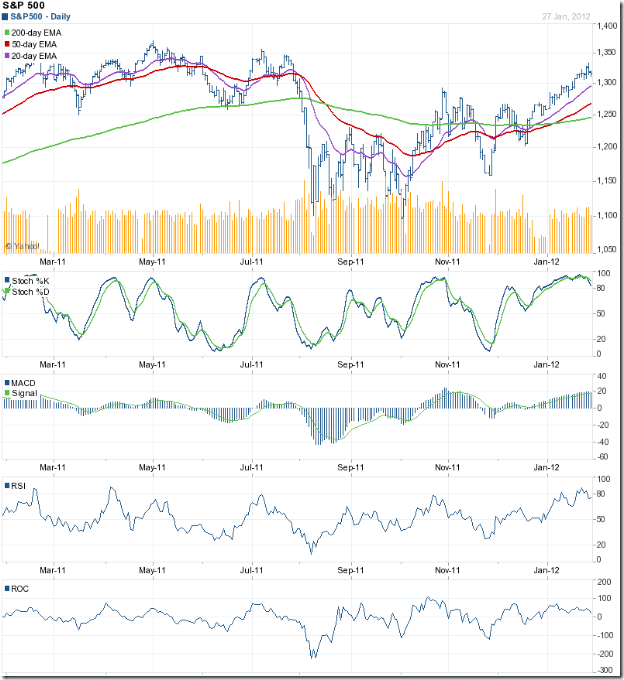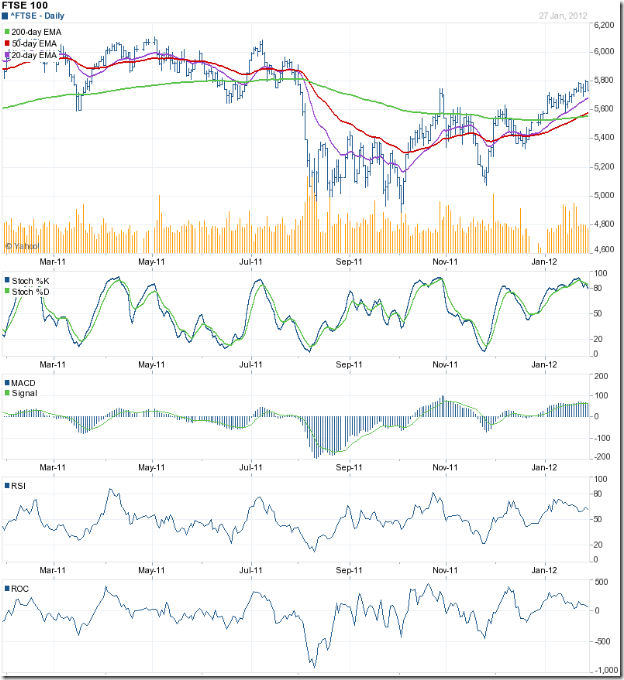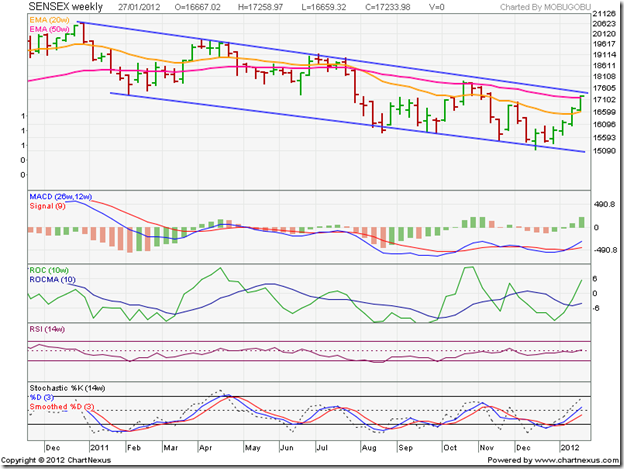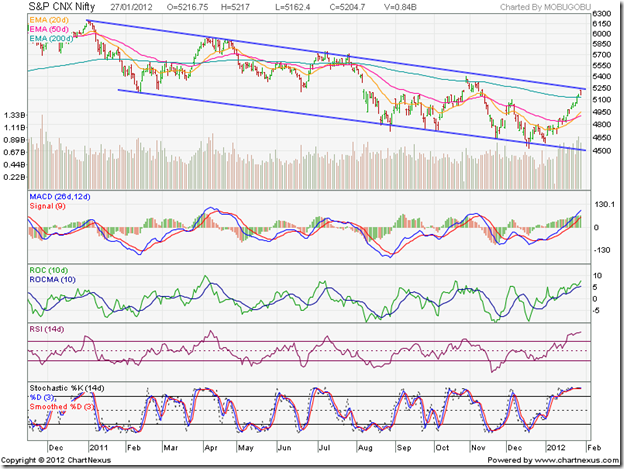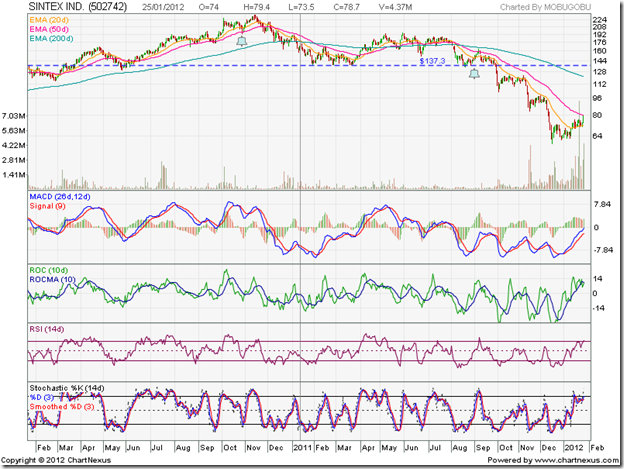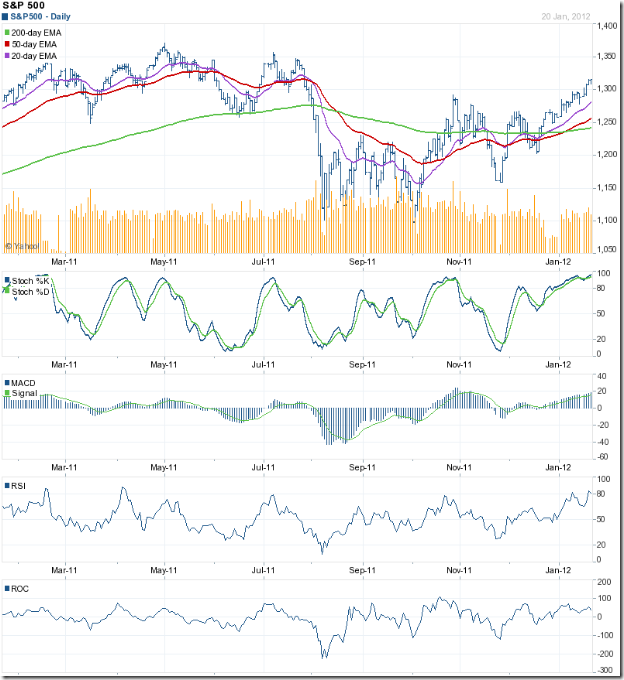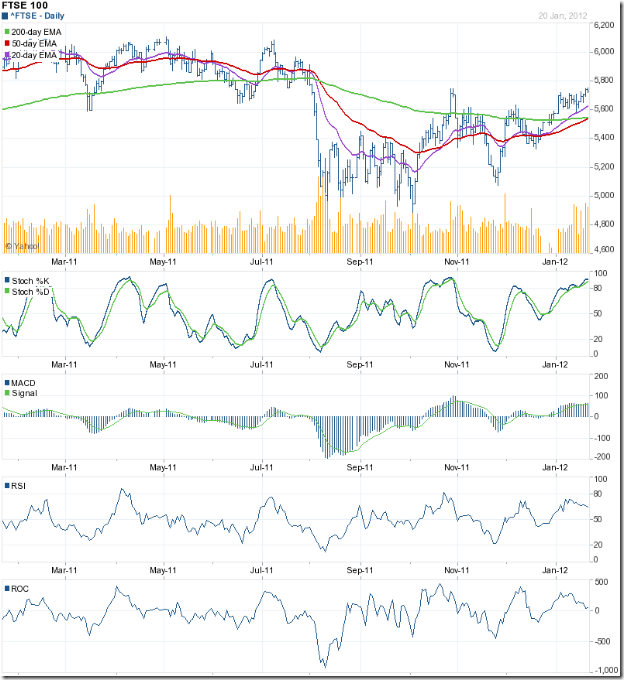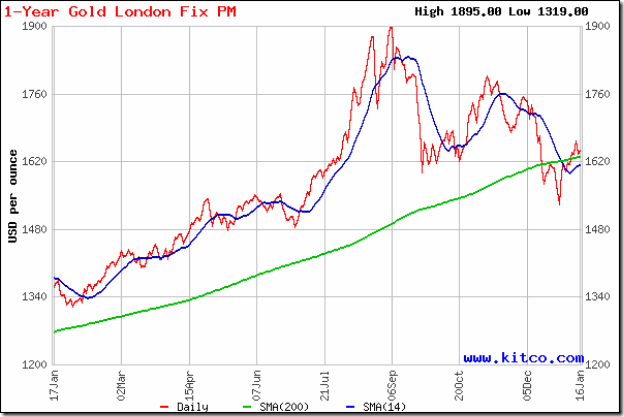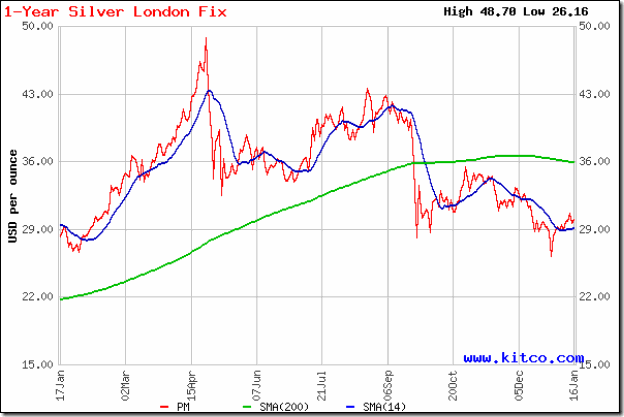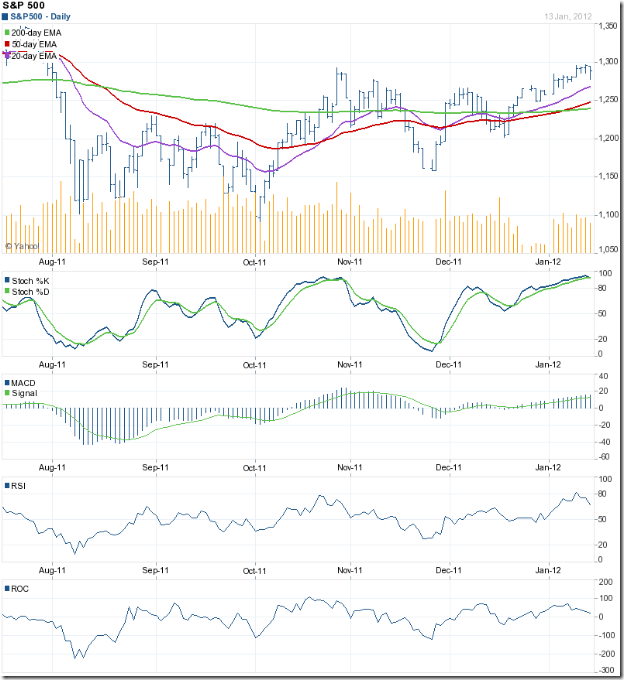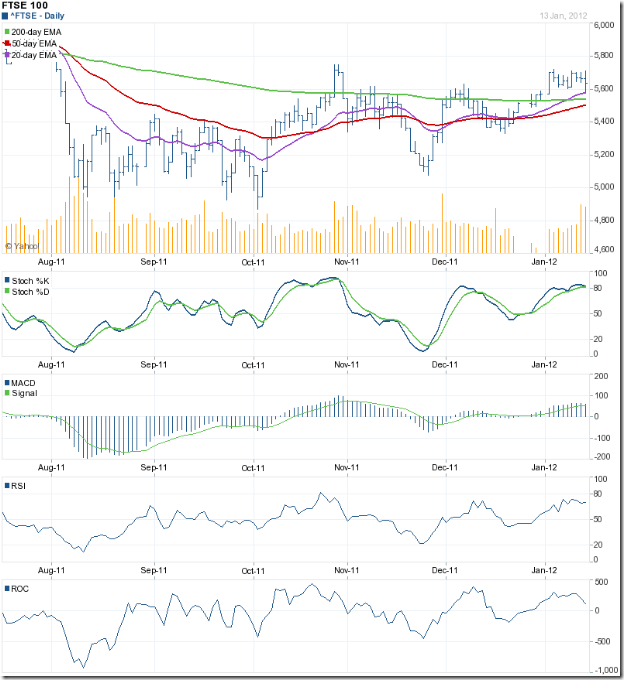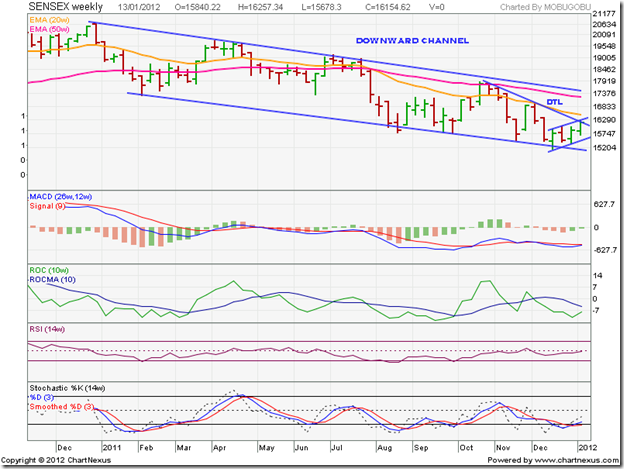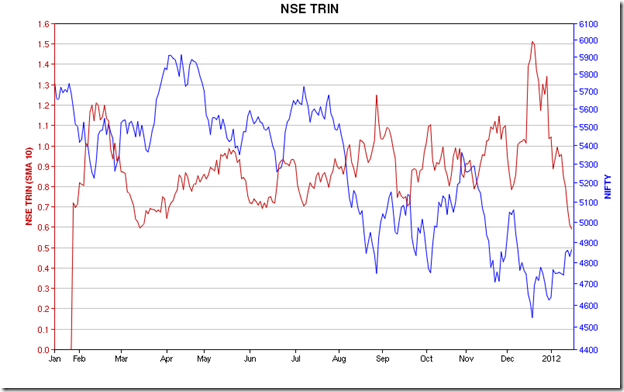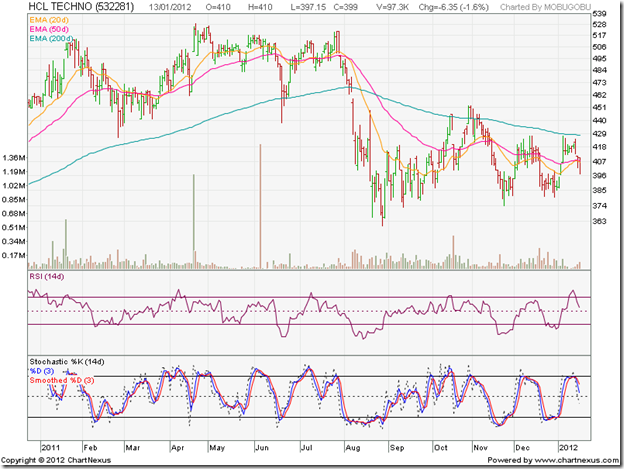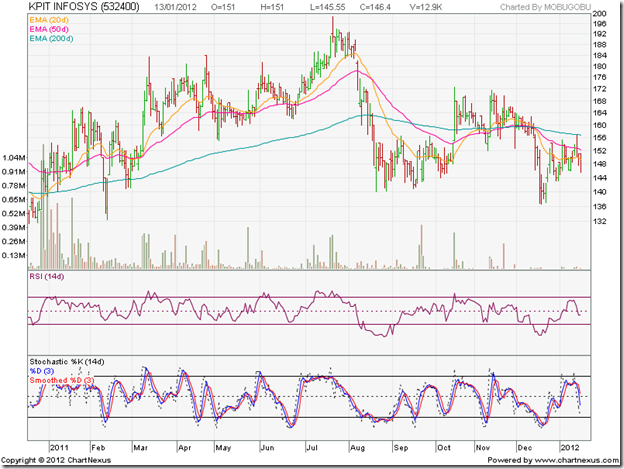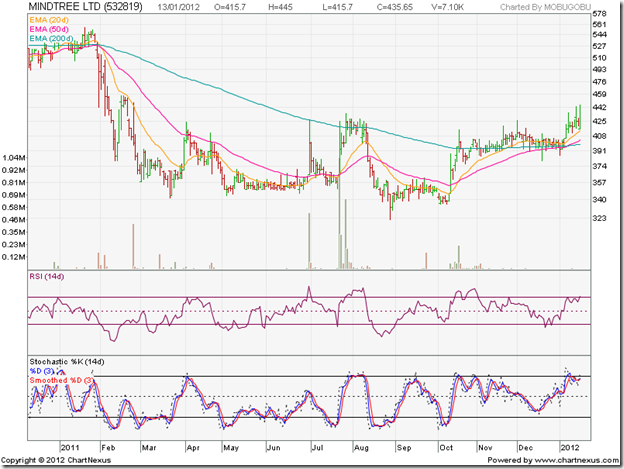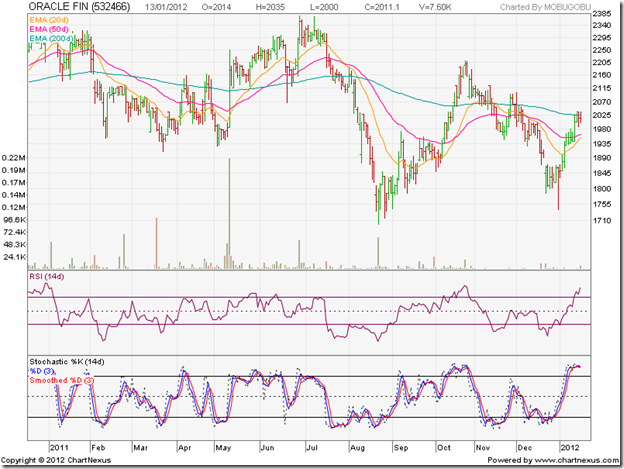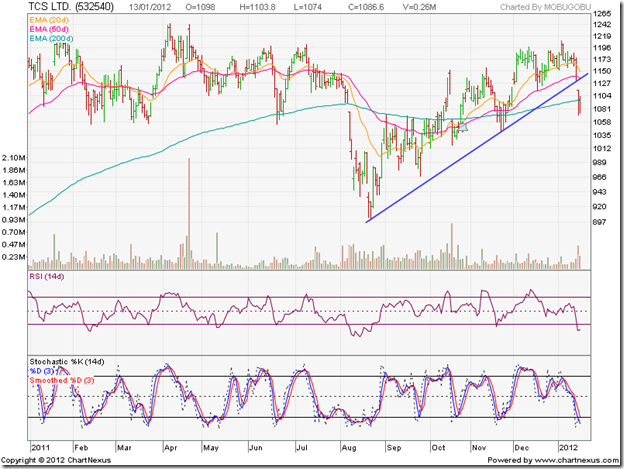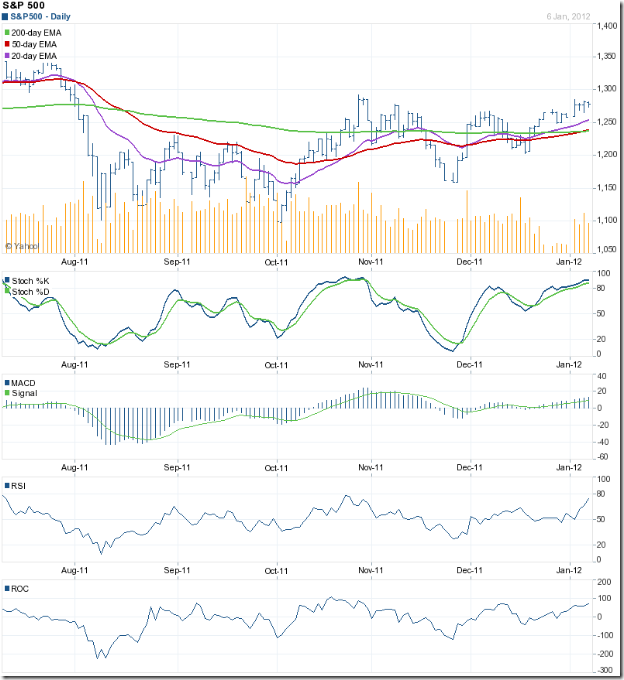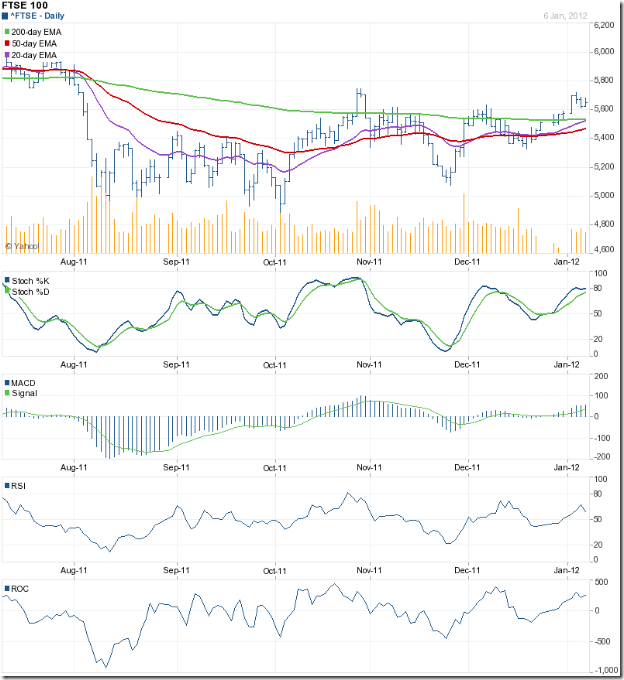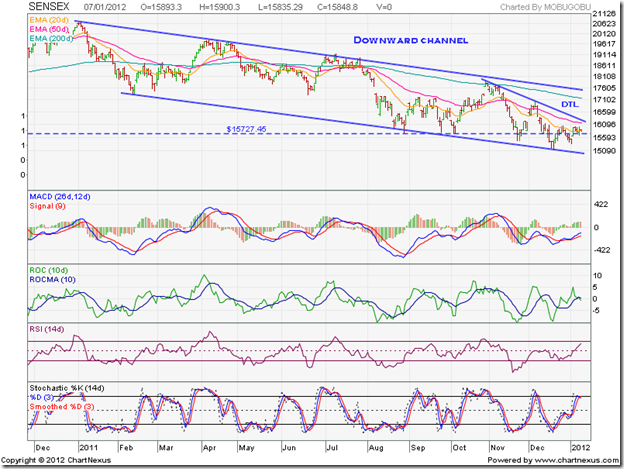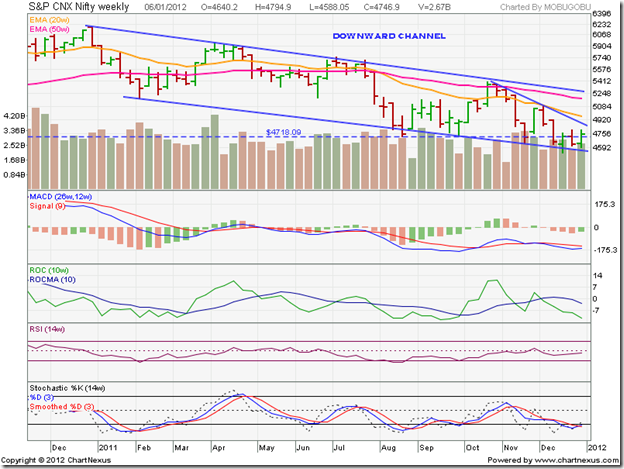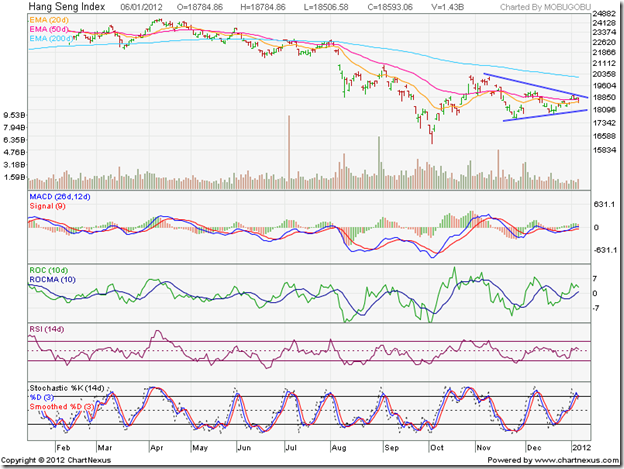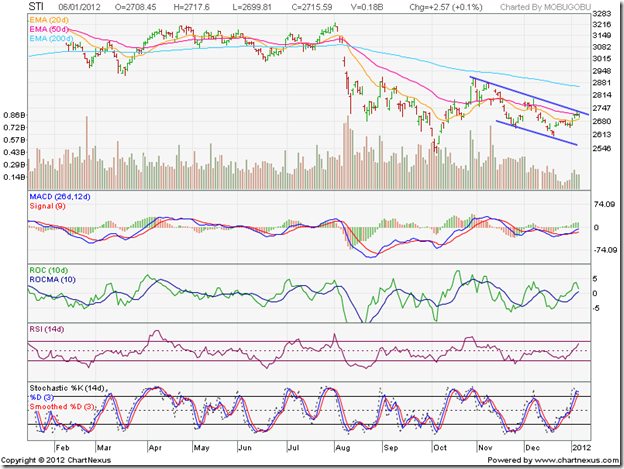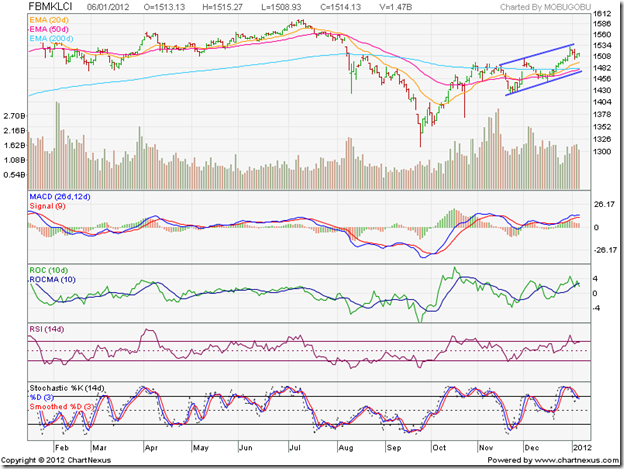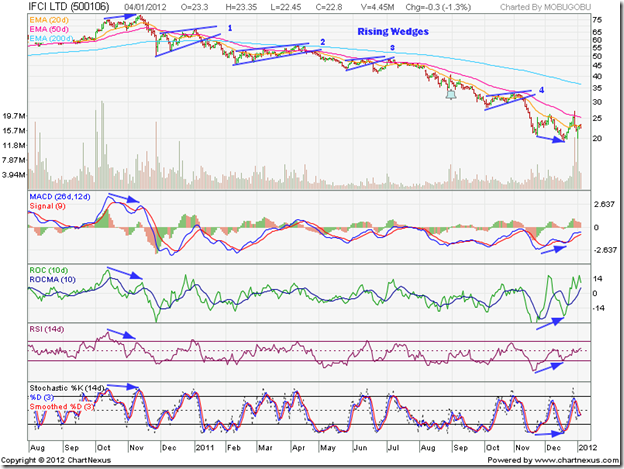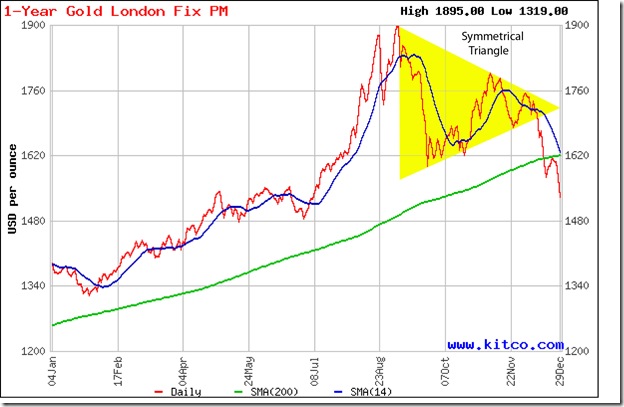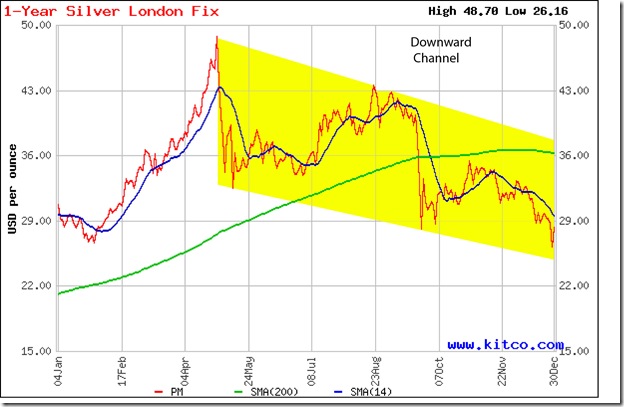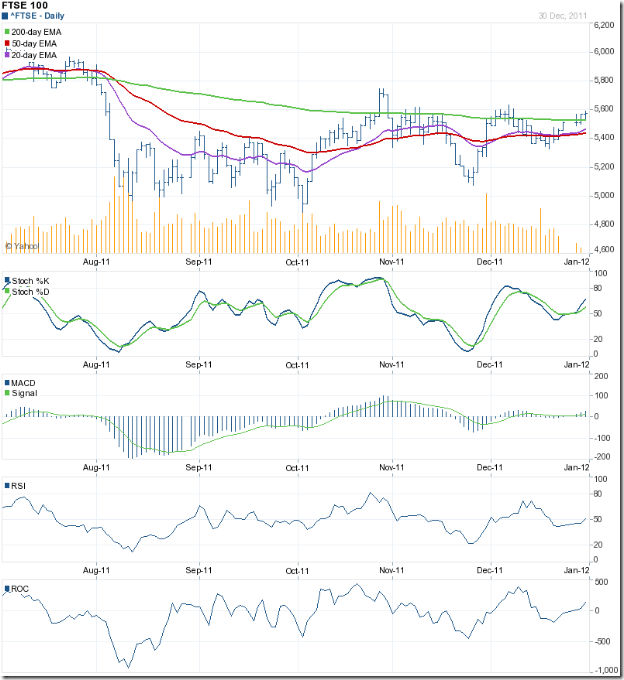It was about 25 years back that the then head of the Department of Electronics, a dynamic government official by the name of N. Vittal, shook up the complacency in the IT industry by announcing a software export target that seemed outrageously high (by prevailing standards). The IT industry rose to the challenge, and the rest is history. Software exports mainly comprised ‘on-site body shopping’ of technically qualified software engineers.
Call center outsourcing business opened up vast employment opportunities in India for less technically savvy youth – even those located away from the major metros – and significantly expanded the size and purchasing power of the Indian middle class. In this month’s guest post, KKP points to an important trend that could potentially destroy the employment opportunities of tens of thousands of India’s educated youth.
-----------------------------------------------------------------------------------------------------------
India Sees First Wave of Outsourcing Competition
India’s success in recent years can be attributed largely to the outsourcing trend that the Internet technologies enabled in the 1990s. Companies tripped over each other in the US to migrate their business from US and Europe to India to save on costs, while servicing customers in almost the same manner.
A recent article in the Washington Post highlights the increasingly popular trend of call center outsourcing operations moving away from India. Although India remains the preferred destination for IT support (today), the country is no longer known as the call center capital of the world since salaries and other business costs have grown significantly over the past year.
Currently, a larger number of call center outsourcing employees are working in the Philippines and Malaysia rather than in India. My team in Argentina is also telling me that there is a significant growth of this business in Argentina. For companies such as 24/7 Customer, the choice has been clear. It set up its first call center in India in 2000. Today, it has 4,500 employees in the Philippines compared with 3,000 in India.
What is so crucial about it?
It is critical to understand what US does to economies around the world. US is a Wall Street driven engine for the enterprises. This means that there will be ‘trends’ and ‘herd movements’ in one direction. And when the winds blow a different way, it will all change quite quickly. In a recent conversation, a businessman who has come from Hyderabad told me how salary cuts are going on within the call center environment, and there are plenty of people, but not enough jobs. This is Phase 1.
USA businesses will make a decision on what is good for their bottom line and change, throwing away the human component quickly and switching countries in a heart-beat. Many companies have moved their operations to the Philippines also and they are serving customers well.
But, the most important trend that I have seen is moving operations to low cost states within the US where they can hire, train and operate a US based call center at almost the same cost as those in a foreign land. Here’s proof. I open/close many credit cards and lines of credit every year, and during the month of Dec and Jan, do an inventory and clean house. In doing so, I have to make calls to open new ones, and close existing ones. Every single call I made (except for Citibank), was picked up by someone in a US call center, and they announced themselves as being in the US! Of course, they served me with a level of service that is expected in the US, and with a level of urgency that falls outside of pre-written scripts and documented processes.
So, again, why is this important for us investors?
USA did this to Japan, and today, there are more Japanese plants operating outside of Japan than in Japan. This trend might hit the shores of India, and hence India will really have to boost its ‘organic growth engine’ in a huge way to compensate for the loss of business that will come over the next 1-2 decades. It is a slow moving engine since these trends are like the Titanic making a turn, but when they turn, they turn for good.
It is also possible to offset the reduction in call center work by transitioning to the BPO type of efforts, where the margins are better. Those efforts are also underway, but the push to bring business back into the country (in US and Europe) is getting stronger as job losses in those economies begin to hurt. That is a wind of change that an investor needs to worry about (macro trend).
I am not saying that Manufacturing, Auto-parts, IT support, Software development, Tier 2/3 Support, BPO efforts etc. will all move away from India, but when the first wave is affected the other waves will slowly get affected in a small manner, if not completely get wiped out over the ensuing years.
Our investments have to reflect this since a lot of infrastructure is built around this growing middle class, and the growth of middle class is becoming dependent on the flow of business from US and Europe. With both those economies slowing, and further scaling back on outsourcing to India, we may see a much larger detrimental effect on this portion of the business. The only hope is that the local growth engine revs up in the meantime to replace this slow loss that will happen over the next decade or two.
-----------------------------------------------------------------------------------------------------------
KKP (Kiran Patel) is a long time investor in the US, investing in US, Indian and Chinese markets for the last 25 years. Investing is a passion, and most recently he has ventured into real estate in the US and also a bit in India. Running user groups, teaching kids at local high school, moderating a group in the US and running Investment Clubs are his current hobbies. He also works full time for a Fortune 100 corporation.
